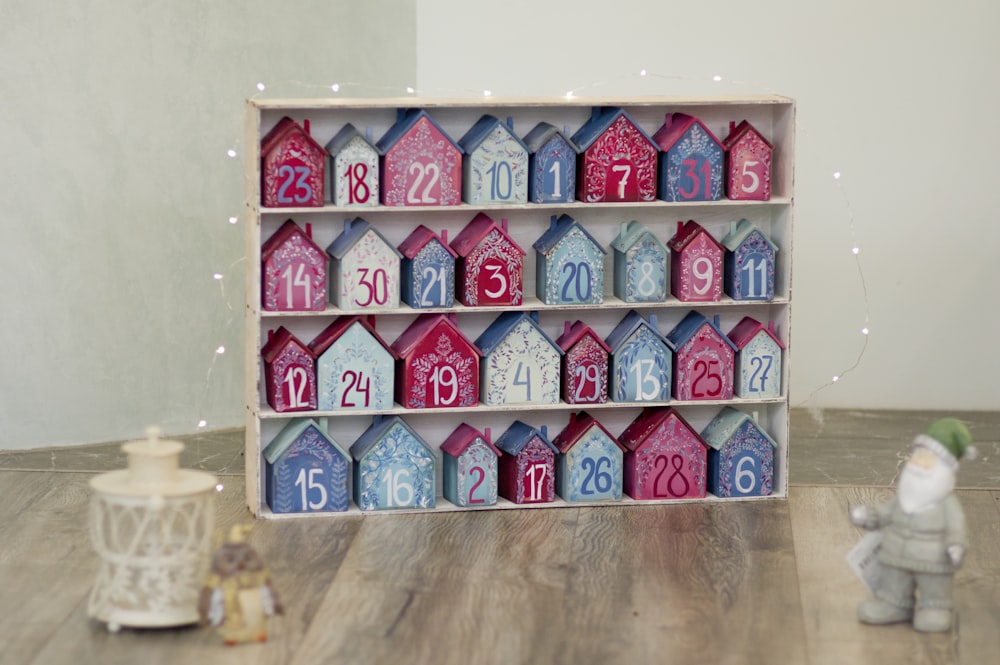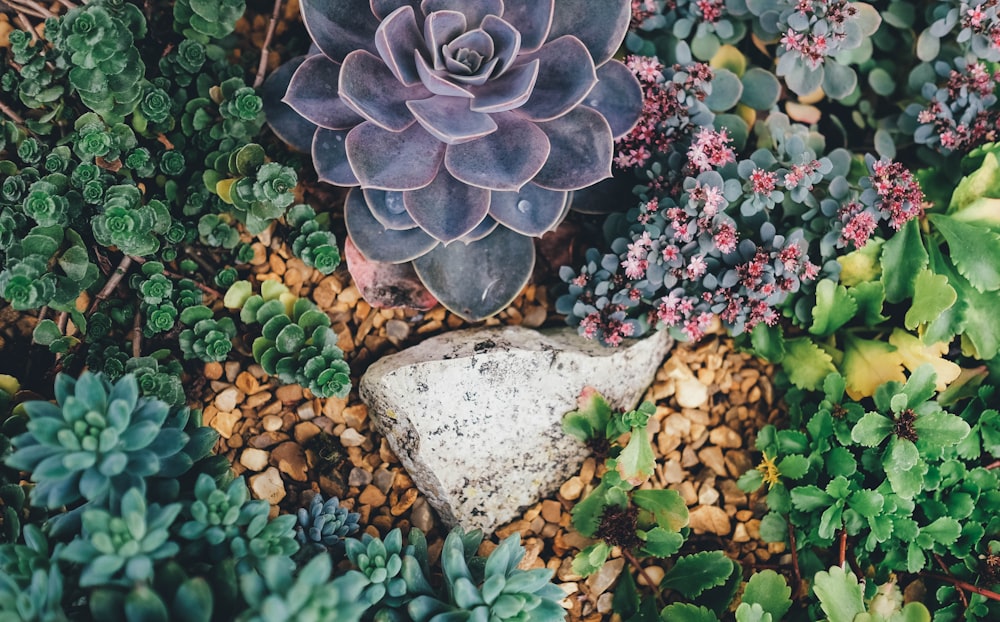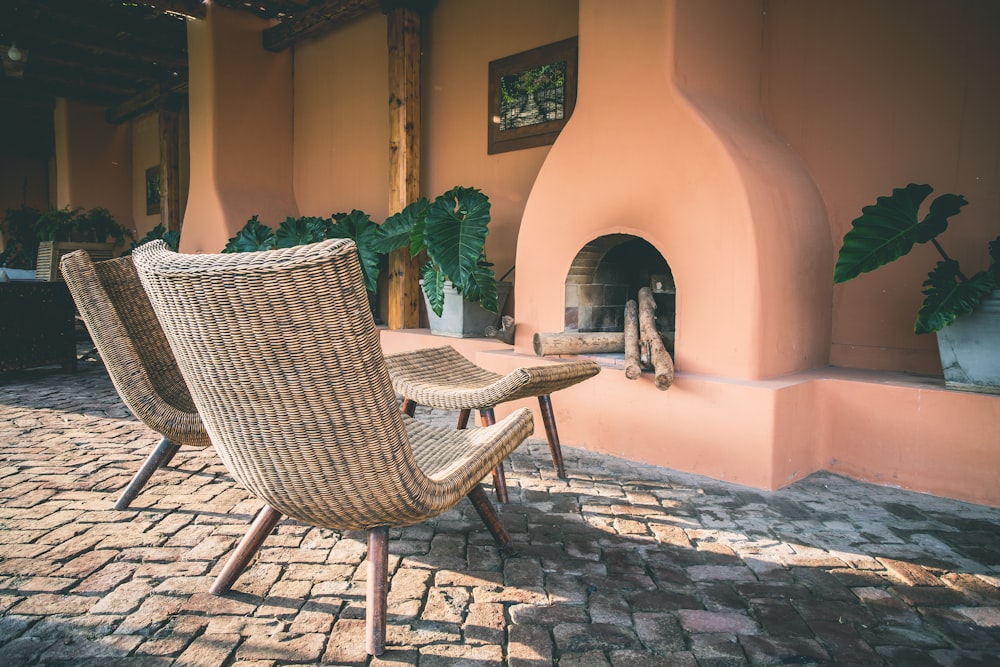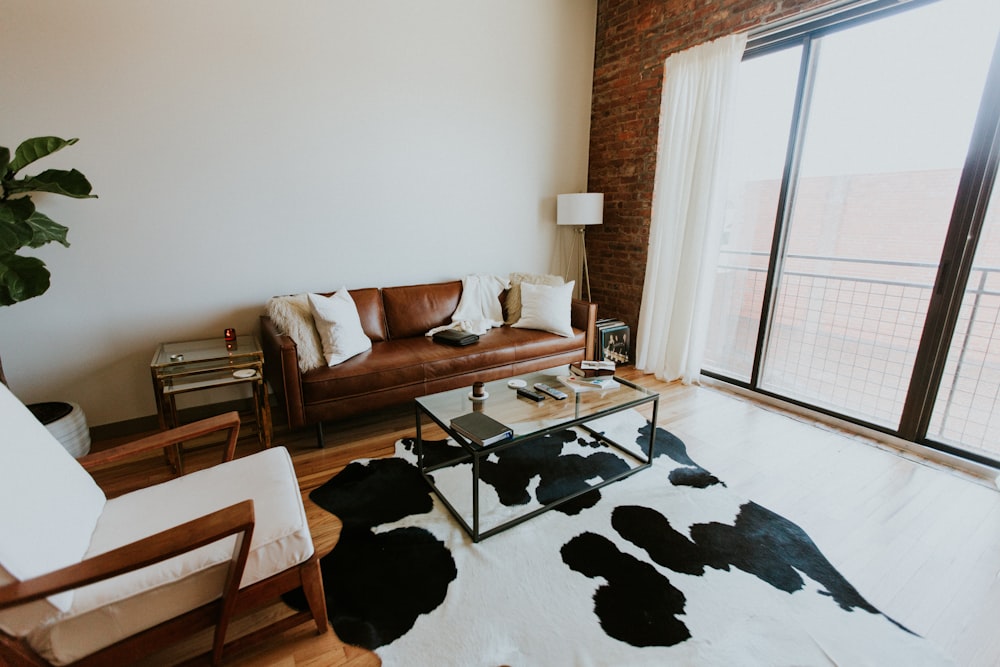Unveiling the Essence of Organic Interior Design
Introduction: A Natural Approach to Interior Design
In the world of interior design, the concept of organic design has gained significant traction in recent years. Organic interior design is all about embracing nature and bringing the outdoors inside, creating spaces that are not only beautiful but also sustainable and harmonious.
The Beauty of Biophilia: Connecting with Nature
One of the key principles of organic interior design is biophilia, which is the innate human connection to nature. By incorporating natural elements such as wood, stone, and plants into interior spaces, designers can evoke a sense of calm and tranquility, improving overall well-being and productivity.
Sustainable Materials: Ethical and Eco-Friendly Choices
In addition to enhancing the aesthetic appeal of a space, organic interior design prioritizes sustainability and environmental responsibility. Designers opt for eco-friendly materials such as reclaimed wood, bamboo, and recycled glass, minimizing the impact on the planet while creating healthy and safe living environments for occupants.
Natural Light and Ventilation: Harnessing the Power of the Sun
Another hallmark of organic interior design is the strategic use of natural light and ventilation. Designers prioritize maximizing daylight exposure and promoting airflow, not only to reduce energy consumption but also to create spaces that feel open, airy, and inviting.
Harmonious Color Palettes: Inspired by the Great Outdoors
When it comes to color schemes, organic interior design takes cues from nature, with earthy tones, muted hues, and soft, natural colors dominating the palette. These colors not only evoke a sense of warmth and comfort but also help to create a cohesive and harmonious design scheme.
Biophilic Design Elements: Blurring the Lines Between Indoors and Outdoors
Biophilic design elements such as living walls, indoor gardens, and water features play a central role in organic interior design. These elements not only add visual interest to a space but also contribute to improved air quality, reduced stress levels, and increased feelings of connection to nature.
Texture and Texture: Adding Depth and Dimension
Texture plays a crucial role in organic interior design, adding depth, warmth, and visual interest to a space. From natural fibers such as wool and cotton to textured finishes such as stone and wood grain, incorporating a variety of textures creates a sensory-rich environment that feels inviting and tactile.
Flexible and Functional Spaces: Adapting to Changing Needs
Organic interior design prioritizes flexibility and adaptability, creating spaces that can evolve with the changing needs of occupants. Open floor plans, modular furniture, and multifunctional layouts allow for seamless transitions between different activities and accommodate diverse lifestyles.
Embracing Imperfection: Celebrating the Beauty of Wabi-Sabi
In the spirit of organic design, imperfection is embraced as part of the beauty of a space. The Japanese concept of wabi-sabi celebrates the beauty of impermanence, imperfection, and authenticity, encouraging designers to embrace natural materials, handcrafted finishes, and lived-in patinas.
Conclusion: Embracing Nature in Design
In summary, organic interior design offers a holistic approach to creating spaces that are not only visually stunning but also sustainable, healthy, and harmonious. By embracing nature and incorporating biophilic design principles, designers can create spaces that nurture the human spirit and promote a sense of connection to the natural world. Read more about organic interior design










